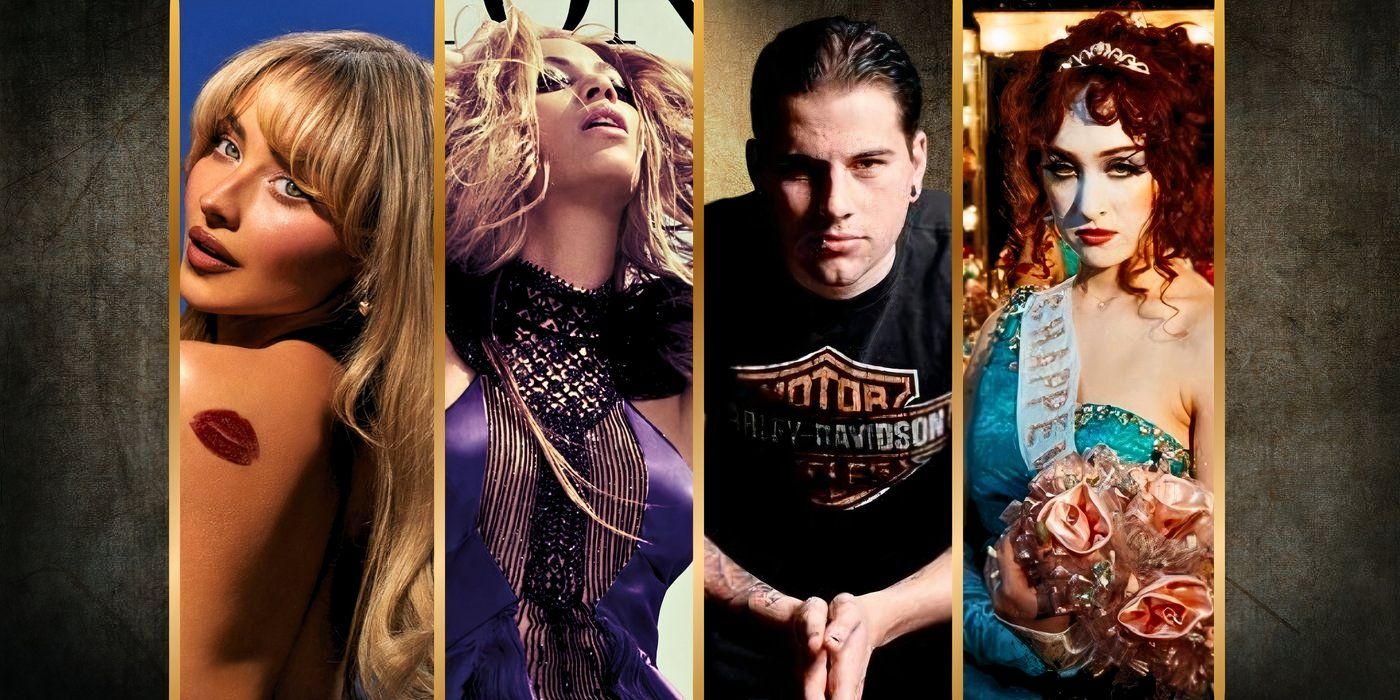[ad_1]
The Nashville-based country music program known as the Grand Ole Opry officially began as a simple radio show all the way back in late 1925, though the Grand Ole Opry title wouldn’t be attached until the name was conceived by Opry promoter George D. Hay in 1927. Many of the early Grand Ole Opry shows were held at Nashville’s iconic Ryman Auditorium. That lasted until 1974, when operations were transferred over to the 4,400-seat Grand Ole Opry House venue, where it has remained to this day.
This change of scenery was one of many firsts in the history of the Grand Ole Opry, though it was not the only significant shift to happen in the direction of the show’s identity in 1974. While the realm of country music was slowly beginning to make strides in a more inclusive direction, there was still plenty of growth to come in the racial divide of the genre even by the mid-’70s. Thankfully, the Grand Ole Opry was ready to take a pioneering step in the right direction with the performance of an unexpected quartet.
The Pointer Sisters Were The First Black Group To Play The Grand Ole Opry
Built On A “Fairytale” Foundation
When thinking of the Pointer Sisters and their most identifiable songs, many listeners might drift towards their more ’80s disco/pop-leaning output, such as “I’m So Excited,” “Automatic,” “Neutron Dance,” and “Jump (For My Love).” But well before that run of success came a breakthrough country song called “Fairytale.” Recorded by the vocal group for their second album, That’s a Plenty, in 1974, the breakup track was written by Bonnie and Anita Pointer about a brief affair Anita had with a married radio DJ.
Despite initially being touted as a B-side during album promotion, country radio proved to be very receptive when pitched “Fairytale.” The resulting popularity wound up rocketing the song to the first Grammy Award of the Pointer Sisters’ career in 1975. It was the first Grammy awarded to an all-female vocal group at the time and was also the first Grammy win for Black women in a country music category until Beyoncé with Cowboy Carter. And that wouldn’t be the only debut for “Fairytale” when it came to breaking down barriers in the country music world.

10 Best Country Songs (From Artists Who Aren’t Country)
Not all great country songs were released by country artists; here are 10 amazing country tracks by pop, grunge, indie and heavy metal artists.
On October 25th, 1974, the Pointer Sisters also became the first Black vocal group to ever perform on the Grand Ole Opry stage. Despite some shock from the audience at their skin color and initially being confused for hired help (via Lyndsanity), the Pointer Sisters had taken a historic step forward for creators of color in the country music world. Though they were not the first Black performers to be welcomed to the Opry’s celebrated confines.
The Grand Ole Opry’s First Black Artist Played Decades Earlier
And He Wasn’t Alone In Pioneering At The Venue
Harmonica player DeFord Bailey is wound into the very earliest roots of the Opry. He was the featured performer when Hay initially came up with the Grand Ole Opry title in 1927 and played in 49 of the 52 shows in the Opry’s first full year in 1928. He also cut the first recording sessions ever performed in Nashville the same year when RCA Victor came looking for country music artists. After a controversial firing from the Opry in 1941, Ford made periodic returns in later years but primarily shined shoes in the decades after until passing away in 1982.
In addition to Bailey being the first Black performer at the Opry, country singer Linda Martell was also the first Black female performer at the Opry, just five years before the Pointer Sisters in 1969. Charley Pride was the first Black singer on the stage in 1967. It’s artists like these and others that helped pave the way for country performers today that include the likes of Beyoncé, Mickey Guyton, Darius Rucker, and Kane Brown. The genre has come a long way.
[ad_2]
Source link
